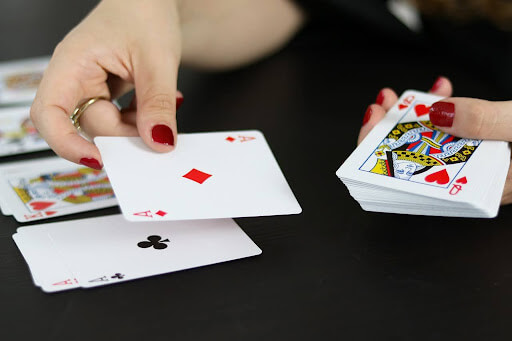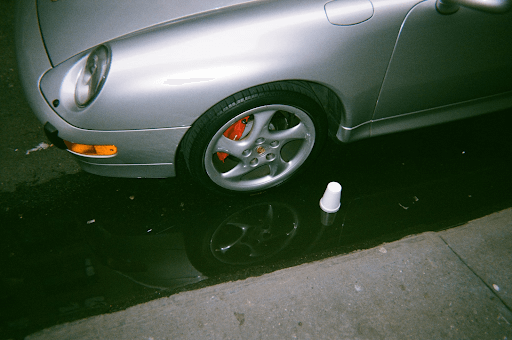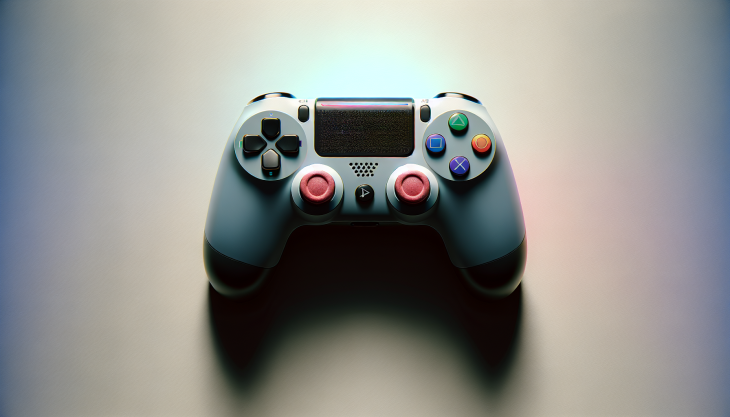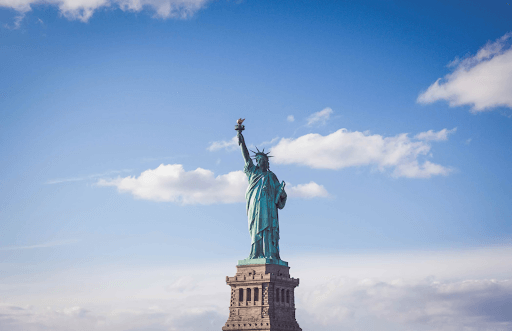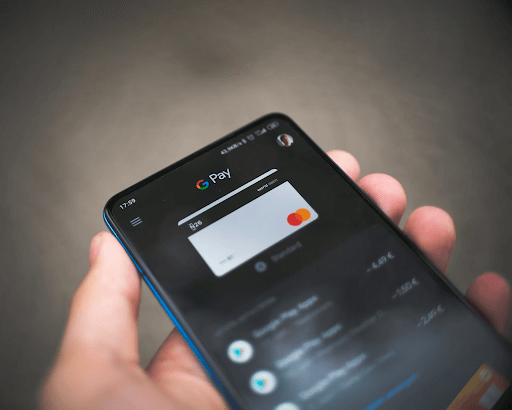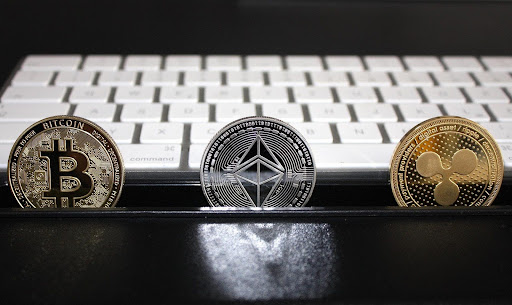In a city where people are always moving, you’d think every workout would be fast-paced and intense. But more and more people in Los Angeles are slowing things down—and feeling better because of it. Low-impact workouts, which are gentle on the joints but still effective, are showing up everywhere from Silver Lake to Santa Monica. And honestly? It’s about time. The shift isn’t just a trend. It’s a sign that Angelenos are learning to listen to their bodies and build strength without breaking themselves in the process.
Why People Are Choosing Slower Strength
For years, fitness in L.A. meant going hard. Boot camps. Hill sprints. Long-distance running on the beach. It all looked great on Instagram, but it left a lot of people burned out, banged up, or just plain exhausted. Now there’s a new mood in the air. Maybe it started during the pandemic when everyone had to get creative with home workouts, or maybe it’s just a natural shift as people realize they don’t have to crush themselves to feel strong.
Whatever sparked it, more people are turning to options like walking, mat pilates, resistance band training, and swimming. These workouts don’t just feel more doable—they actually are. And when it comes to long-term health, consistency beats intensity. That’s a big reason low-impact routines are gaining ground.
Finding a Gym That Gets It
Not every gym in L.A. is on board with this movement, but the ones that are? They’re thriving. And if you live further south, there’s a lot happening outside the city too. For example, when shopping around for gyms in Orange County CA, you’ll find a growing number of places offering low-impact classes designed for real life—not just for athletes. These aren’t boring “easy” workouts. They’re smart, steady routines built to improve balance, core strength, and flexibility.
Some trainers are reworking their entire class schedules to reflect what members actually want: a way to feel strong, energized, and mobile, without limping home afterward. This is especially appealing to people in their 30s, 40s, and 50s who don’t necessarily care about competing—they just want to feel good in their bodies again.
What Low-Impact Really Looks Like in L.A.
It’s not just happening in gyms. You’ll find low-impact workouts popping up all over Los Angeles—at community centers, outdoor pop-ups, and local parks. On any given morning, you might spot a group in Griffith Park doing tai chi or a group on the beach in Venice stretching it out with resistance loops and sliders.
This kind of movement is low-pressure, high-reward. It works well for people dealing with old injuries or chronic stress, and it’s especially welcoming for those who are just starting out or getting back into fitness after some time off. Best of all, it doesn’t require expensive gear or hours of your day. You can get a good workout with just your body weight and some consistency.
Why It Feels Better Mentally, Too
There’s something calming about these slower styles of fitness. It’s not just about getting a sweat in—it’s about tuning in. When you’re not rushing through every rep or gasping for breath, you actually have time to notice how your body feels. That kind of connection builds trust in yourself. It also lowers stress, something Angelenos could definitely use less of.
We live in a city that runs fast. That doesn’t mean we always have to. Slower workouts help you reset your pace—physically and mentally. That’s probably why so many therapists and wellness coaches in L.A. recommend them as part of a bigger self-care routine. Movement doesn’t have to be intense to change your life. Sometimes, just showing up and doing something that feels manageable can be enough to shift your whole mood.
The Influence of Fitness Trends
It’s no surprise that these types of workouts are starting to show up more on social media, too. As fitness trends move away from high-impact extremes, you’re seeing more everyday people sharing their routines and results. There’s less focus on punishment, more on progress. This has helped reshape what people expect from a workout.
Instead of asking, “How many calories did I burn?” people are starting to ask, “How do I feel afterward?” That kind of thinking leads to more sustainable habits—and less burnout. It also opens the door for people who’ve always felt intimidated by traditional fitness spaces. If you’ve ever walked into a gym and immediately wanted to walk back out, low-impact movement might be exactly what you need.
Building a Lifestyle, Not Just a Routine
The best part about this shift? It’s not a fad. It’s a lifestyle that fits into real life. You can walk your dog, stretch before bed, bike along the beach, or even dance around your kitchen—and it all counts. Low-impact fitness isn’t about perfection. It’s about movement that feels natural and adds energy to your day instead of draining it.
That mindset opens up a lot of possibilities. People are choosing movement that matches their mood. Some days that means a 30-minute stretch and mobility session. Other days it’s a walk around Echo Park Lake with a podcast in your ears. It all works. And the best part? You don’t have to force yourself into something that doesn’t feel right.
The Wrap Up
Low-impact workouts are quietly changing the way people across Los Angeles approach fitness. They’re accessible, effective, and rooted in the idea that you don’t have to go hard to go far. As more gyms catch on and more people tune in to what their bodies really need, L.A. might just become the most grounded fitness city in the country—one steady, supported movement at a time.


